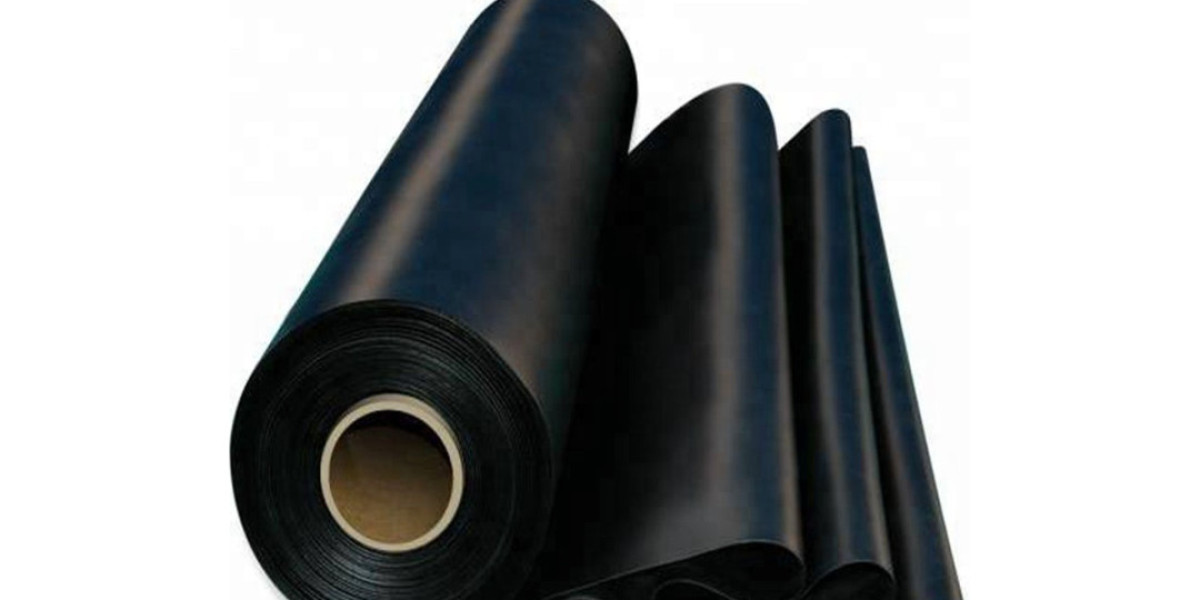While the term "tow bar" reigns supreme in Europe, India, and other parts of the world, the conversation shifts across the Atlantic. In North America, the device used for towing with passenger cars, SUVs, and especially pickup trucks is almost universally referred to as a car trailer hitch system, or more commonly, just a "hitch." As of late 2025, while serving the same fundamental purpose, the design philosophy and common implementation of these systems differ significantly from the typical European tow bar, centered around a versatile receiver tube. Understanding this popular system is key to grasping the nuances of the global towing market.
The Core Concept: The Receiver Hitch
The defining feature of the North American hitch system is the receiver tube.
Structure: The main part of the hitch, which bolts securely to the vehicle's frame or unibody structure, terminates in a square (or sometimes round) tube opening, typically oriented horizontally. Common sizes for cars and SUVs are 1.25-inch or 2-inch square receivers. Pickup trucks often use 2-inch, 2.5-inch, or even 3-inch receivers for heavy-duty applications.
Function: This receiver tube acts as a standardized mounting point. Instead of having a permanently attached or detachable towball neck, the receiver hitch allows various inserts to be slid into the tube and secured with a pin and clip.
The Key Insert: The Ball Mount
The most common insert used for towing trailers is the ball mount (also called a drawbar or tongue).
Design: This is typically an L-shaped metal bar with a square shank that fits into the receiver tube. The other end features a platform with a hole where a separate trailer ball (the equivalent of the European towball) is bolted on.
Versatility: Ball mounts come in various "drops" or "rises." This means the platform holding the ball can be significantly lower or higher than the receiver tube itself. This allows the user to easily adjust the height of the trailer ball to ensure the trailer is towing level with the vehicle, which is crucial for stability. Different ball mounts can also accommodate different trailer ball sizes (common sizes in North America are 1-7/8 inch, 2 inch, and 2-5/16 inch).
Classes of Hitches
North American hitches are typically categorized into Classes (I through V) based on their receiver size and, more importantly, their Gross Trailer Weight (GTW) rating and Tongue Weight rating:
Class I & II: Typically 1.25-inch receivers, used for light-duty towing (e.g., bike racks, small utility trailers) on cars and small crossovers.
Class III: The most common class, usually with a 2-inch receiver. Found on most SUVs, vans, and light-duty pickups. Suitable for a wide range of trailers, including medium-sized boats and travel trailers.
Class IV & V: Heavy-duty hitches, often with 2-inch or 2.5-inch+ receivers, designed for large pickup trucks and capable of handling very heavy trailers. Class V often includes options for weight distribution systems.
Advantages of the Receiver Hitch System
Versatility: The receiver tube allows for easy swapping between different ball mounts (for different trailer heights or ball sizes) and a huge variety of other receiver-mounted accessories, such as bike racks, cargo carriers, winch mounts, and recovery hooks.
Adjustability: Easily achieving the correct trailer level using different drop/rise ball mounts is a key advantage.
Removability (of Ball Mount): While the receiver itself is permanent, removing the ball mount when not towing provides a similar aesthetic benefit to a detachable tow bar, leaving only the receiver tube visible (or sometimes hidden behind a bumper panel).
Comparison to European Tow Bars
Receiver vs. Neck: The core difference is the receiver tube concept versus the fixed or detachable swan/flange neck common in Europe/India.
Ball Attachment: Trailer balls are typically bolted onto the ball mount in the US system, whereas they are often an integrated part of the neck in European swan neck designs.
Electrical Connectors: North American trailer wiring typically uses flat 4-pin or round 7-pin connectors, which differ from the 7-pin and 13-pin standards common in Europe and India.
While both systems achieve the same goal, the car trailer hitch system prevalent in North America offers a unique approach centered around the versatility of the receiver tube, reflecting the region's strong culture of pickup truck ownership and diverse towing needs.
Frequently Asked Questions (FAQ)
Q1: What is the main difference between a North American trailer hitch and a European tow bar?A1: The main difference is the interface. North American hitches typically use a square receiver tube that accepts removable inserts like ball mounts. European tow bars more commonly feature a fixed or detachable neck with an integrated towball (swan neck) or a flange plate to bolt a towball onto.
Q2: What is a "ball mount"?A2: A ball mount is the removable metal insert that slides into the receiver tube of a trailer hitch. It has a platform at the other end where the actual trailer ball is bolted. They come in different drops and rises to adjust the height for level towing.
Q3: What do the different Hitch Classes (I-V) mean?A3: The Hitch Classes (primarily used in North America) categorize hitches based on their towing capacity (Gross Trailer Weight and Tongue Weight) and typically correspond to different receiver tube sizes. Class I is for very light loads, while Class V is for heavy-duty towing with large trucks.
Q4: Can I use a receiver hitch system in India or Europe?A4: While less common as original equipment, aftermarket receiver hitch systems are available in many regions outside North America. However, it's crucial to ensure the system and the trailer coupling comply with local regulations (e.g., towball size, electrical connector type, type approval standards like ECE R55 where applicable). Using North American-specific components may not always be legal or compatible elsewhere without modification or adapters.
More Related Report
Biometric Vehicle Access Market Trends
Automotive Engine Management System Market Trends













